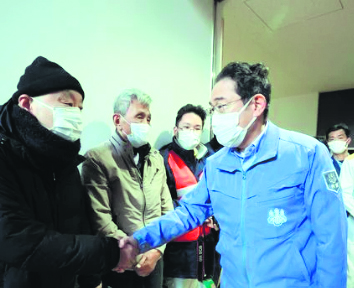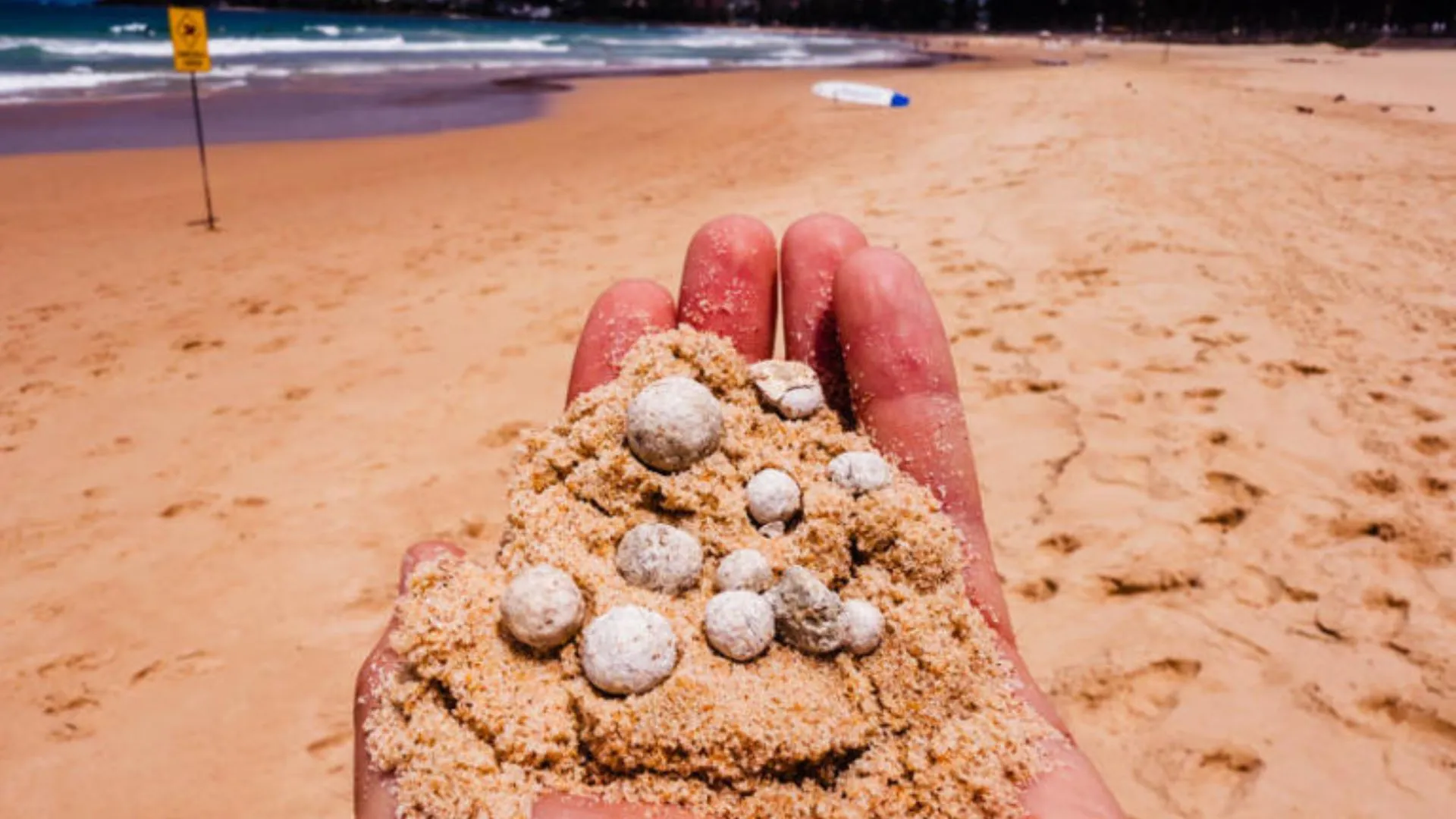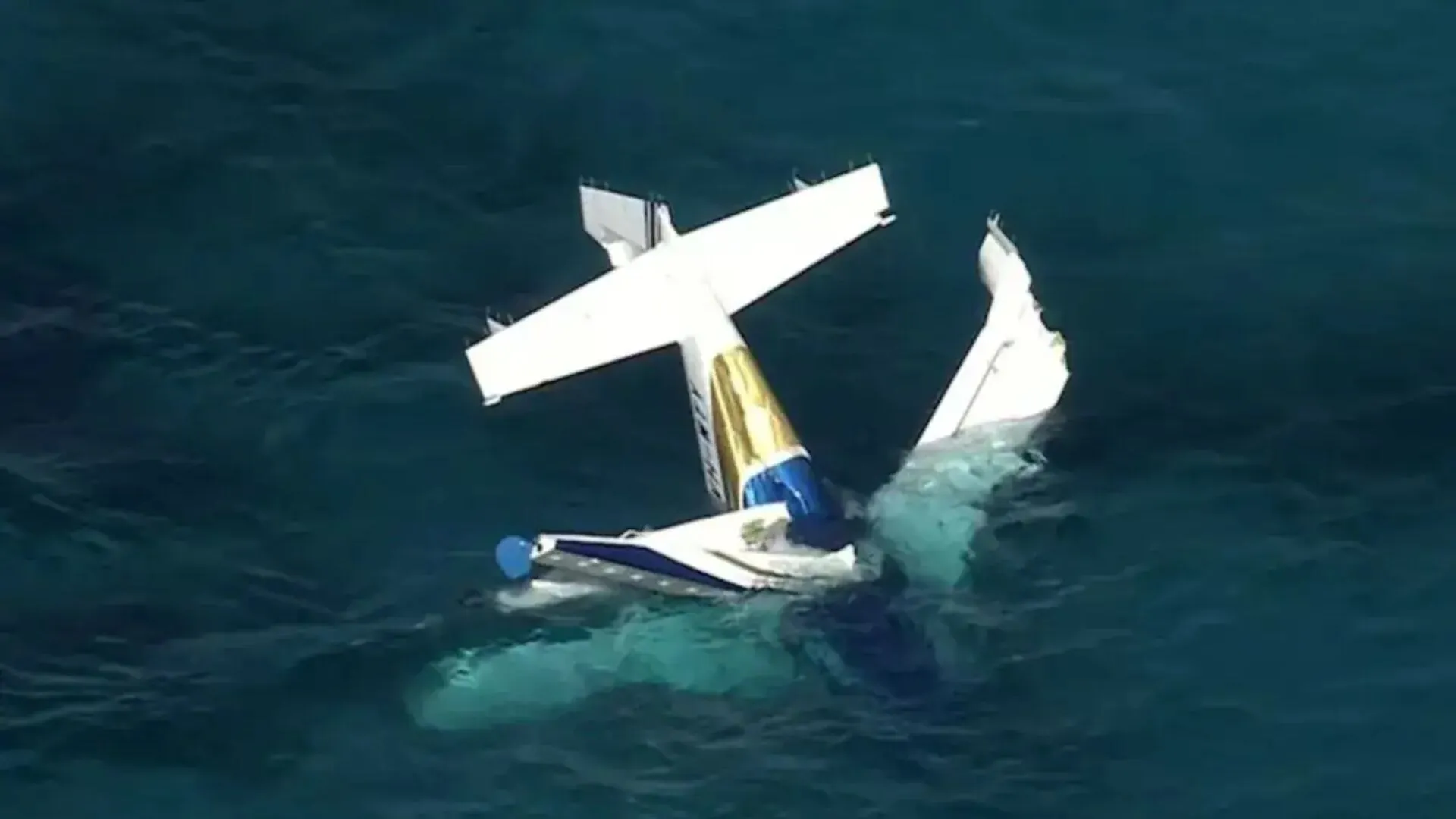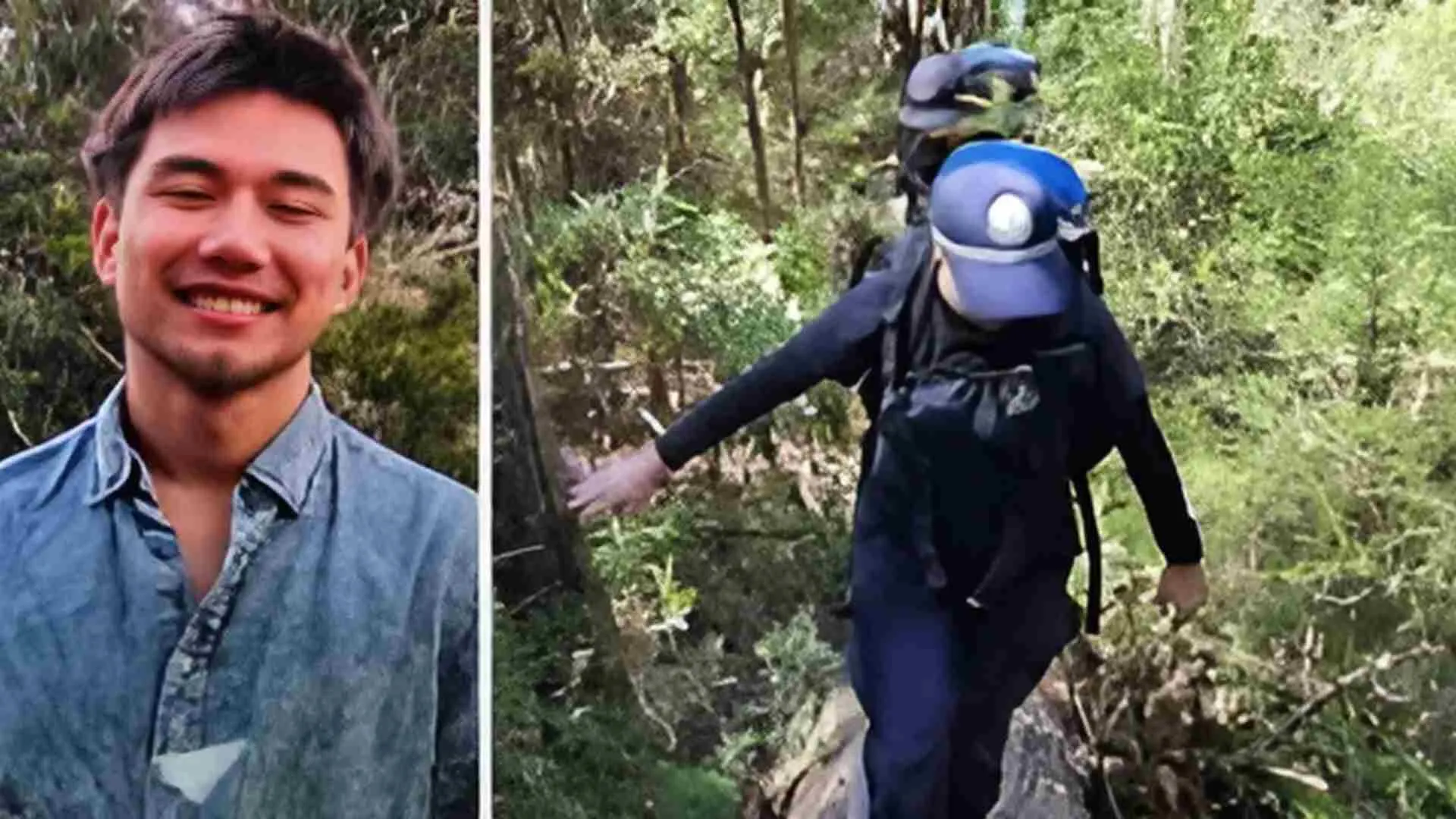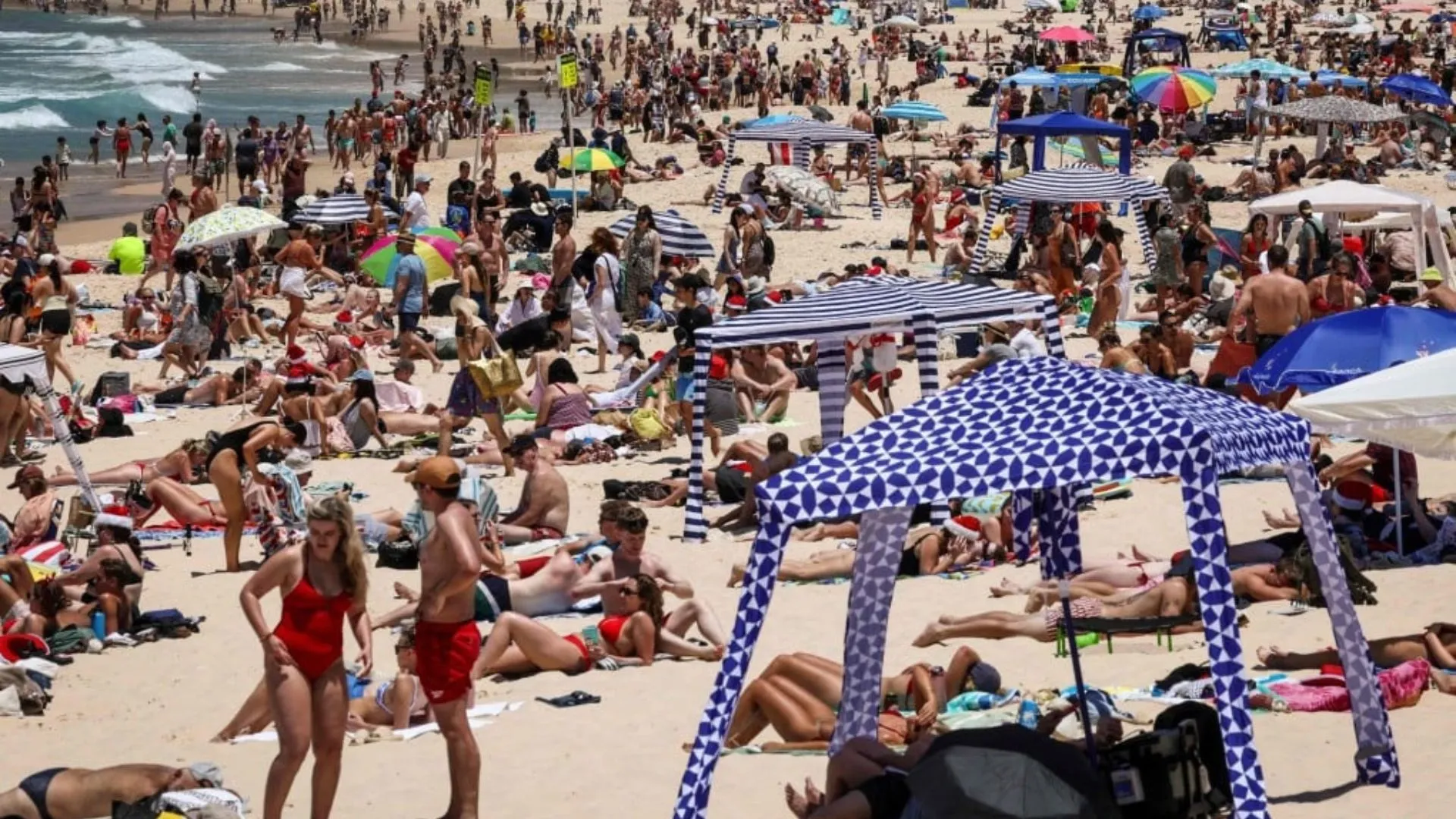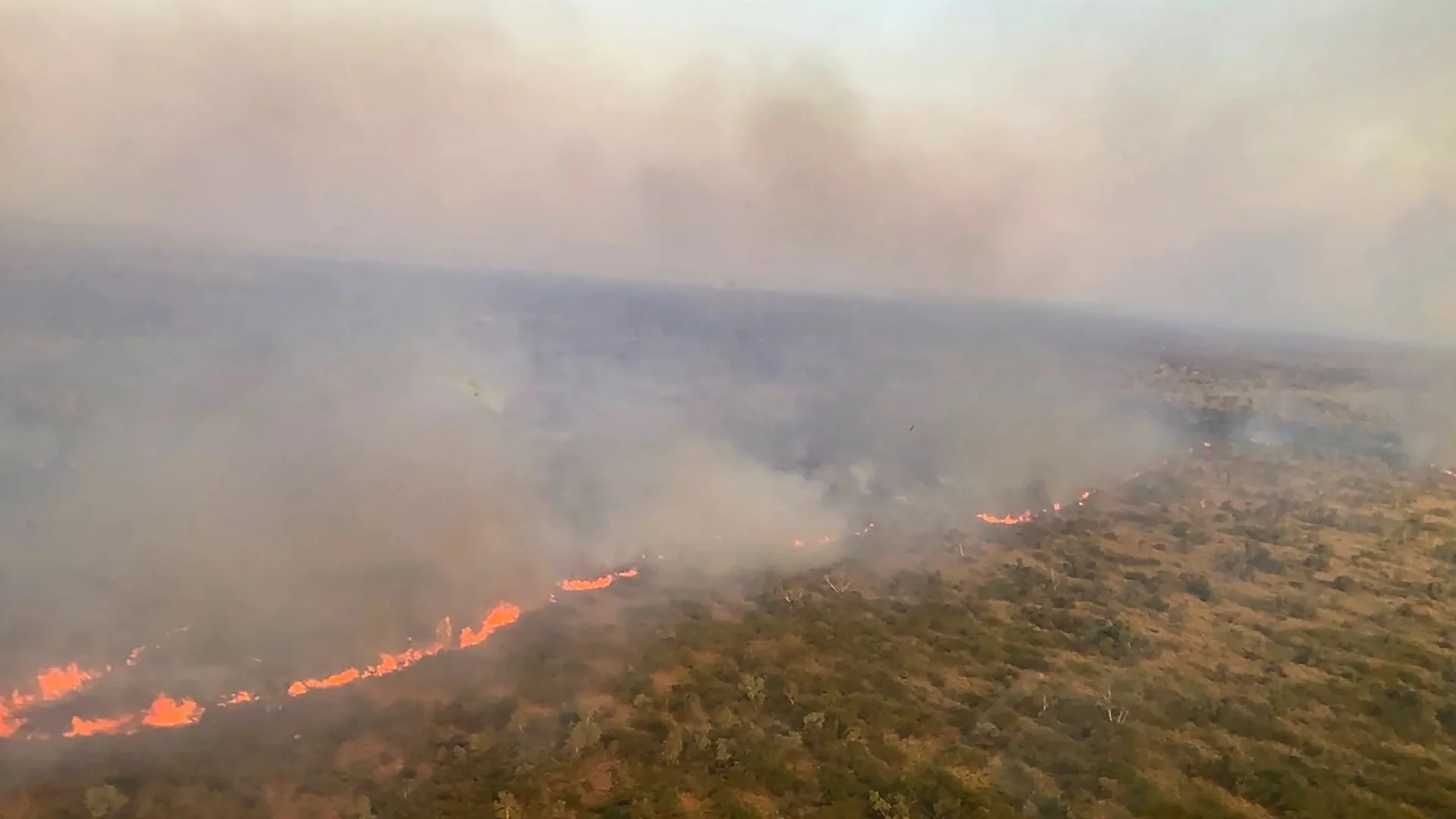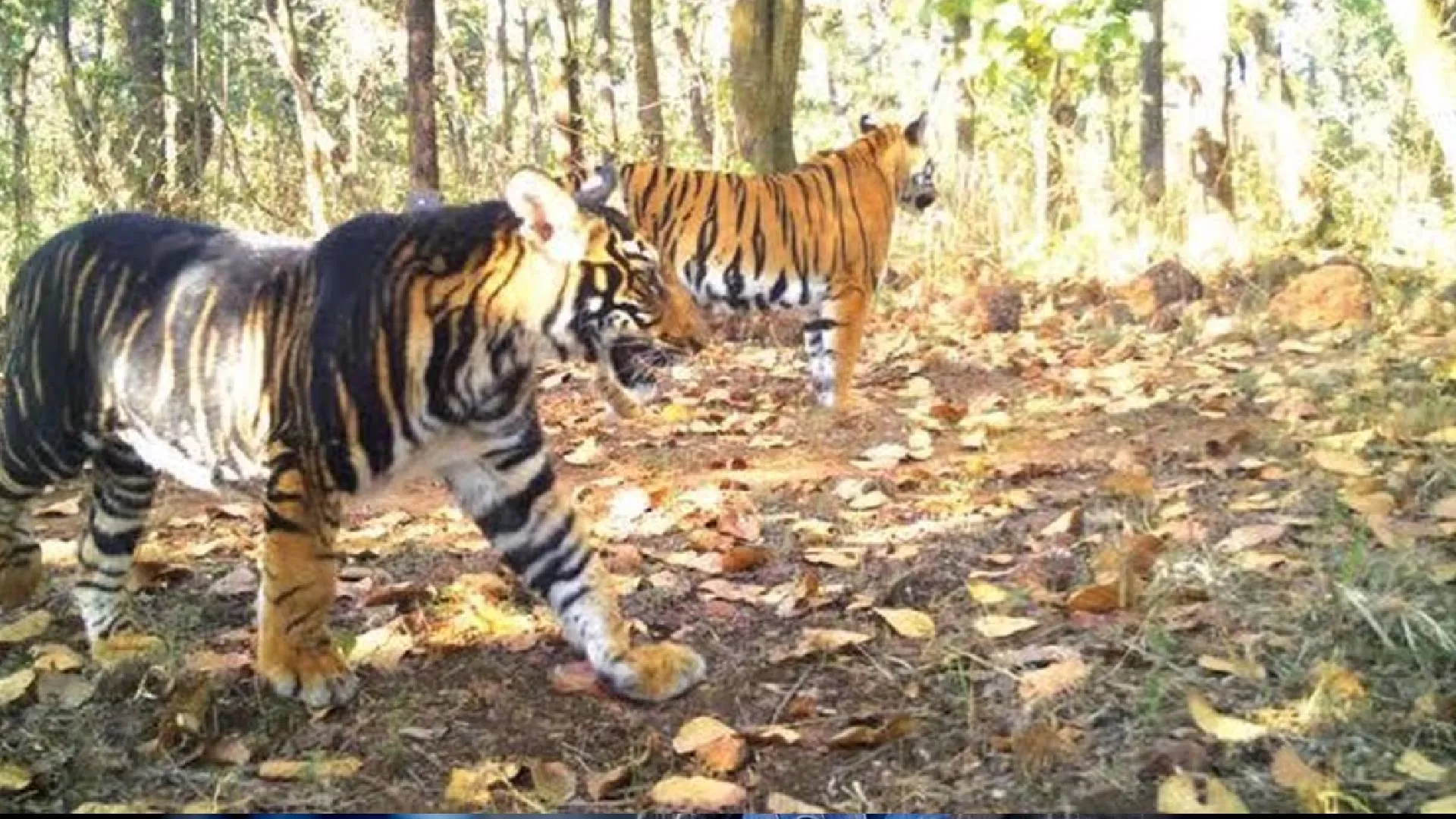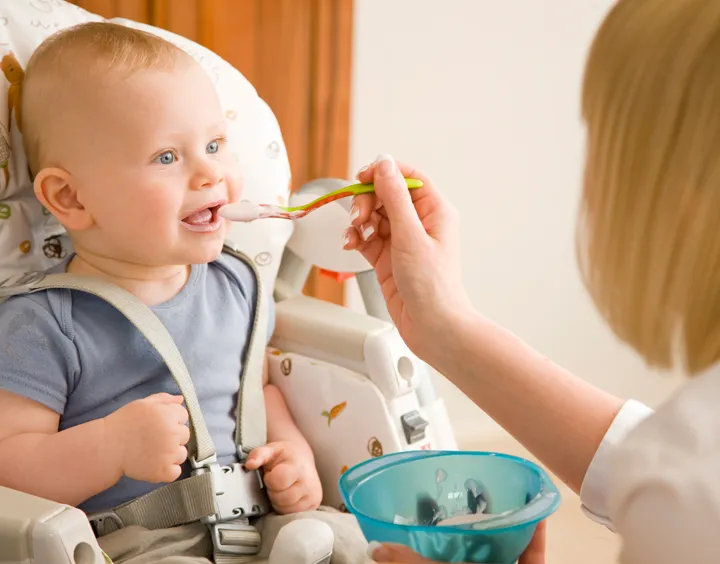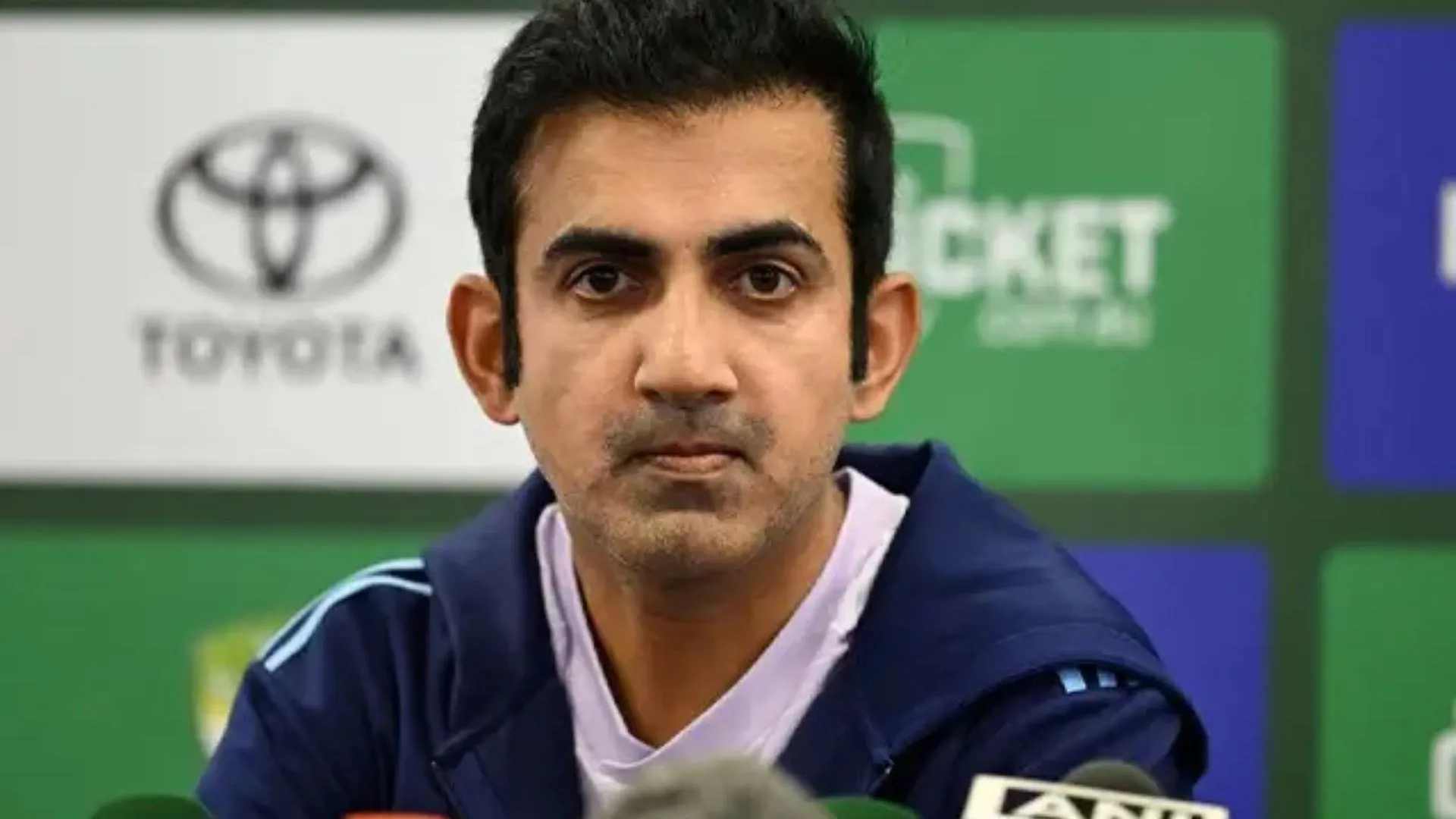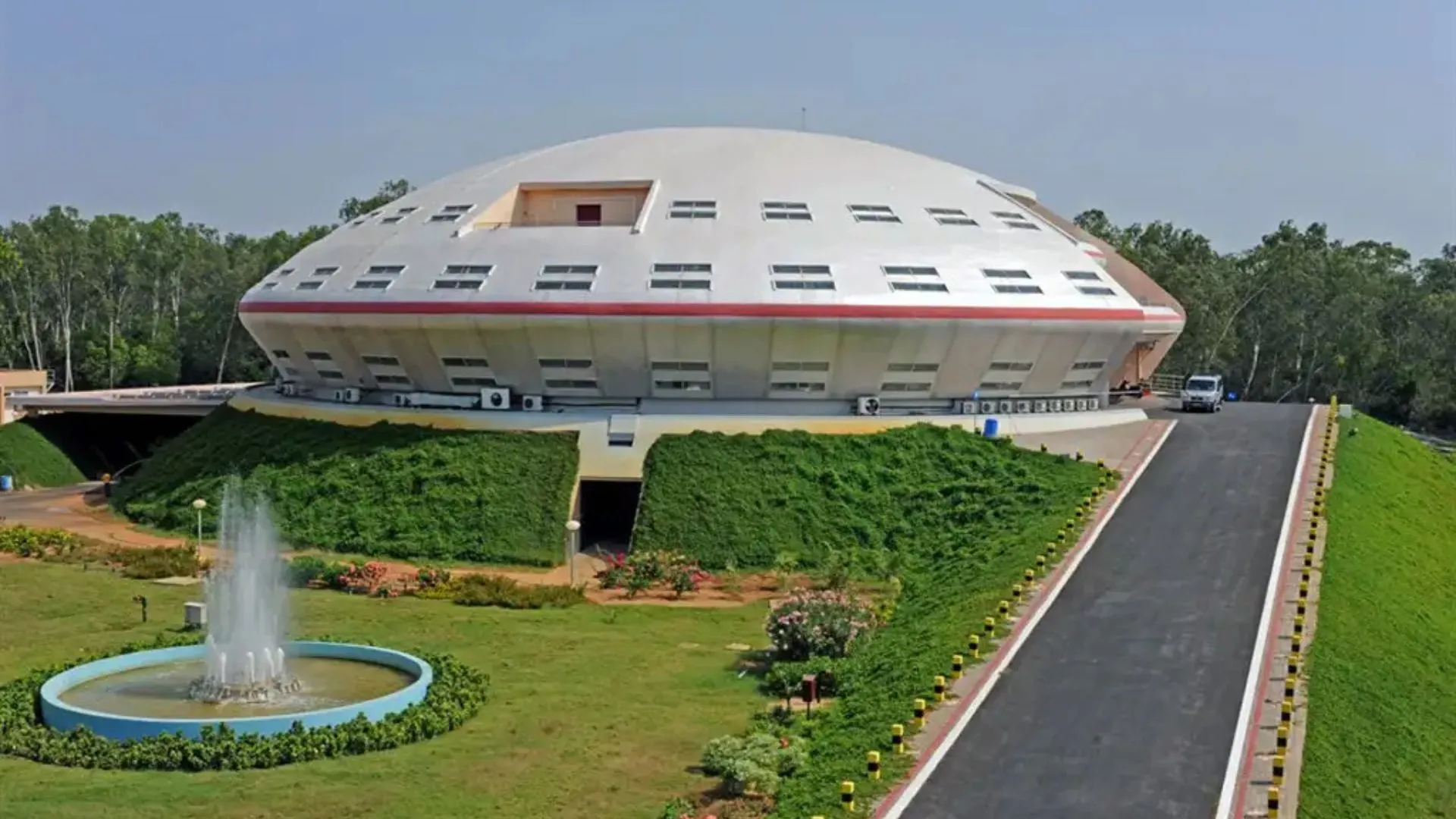Japan’s Prime Minister Fumio Kishida visited Sunday the country’s north-central region of Noto for the first time since the deadly Jan. 1 earthquakes to alleviate growing concern about slow relief work and the spread of diseases in evacuation centers.
Road damage has hampered rescue efforts, and though relief supplies have reached most regions affected by the quake, hundreds of people in isolated areas are getting little support. Additionally, in the hard-hit towns of Noto, Wajima and Suzu, elderly residents account for half their population, and many are facing growing risks of deteriorating health, officials and experts say.
Kishida, in his disaster-response uniform, visited a junior high school that has turned into an evacuation center in Wajima where officials showed him the evacuees’ severe living conditions. They also spoke about the potential risk of spreading infectious diseases, such as influenza, COVID-19 and stomach flu due to the lack of running water. The prime minister said he takes the evacuee’s conditions seriously and promised support. “We will do everything we can so that you can have hope for the future,” he said.
JAPAN’S RECENT EARTHQUAKE
1. Earthquake Impact
• Magnitude 7.6 quake
• 220 dead, 26 missing
• Hundreds injured
2. Evacuation and Shelter
• 20,000+ displaced
• 400 makeshift facilities
• Schools, community centers used
3. Rescue Challenges
• Road damage hampers efforts
• Relief supplies reach most regions
• Isolated areas lack support
4. Demographic Concerns
• Noto, Wajima, Suzu hard-hit
• Elderly residents at risk
• Deteriorating health a growing concern

